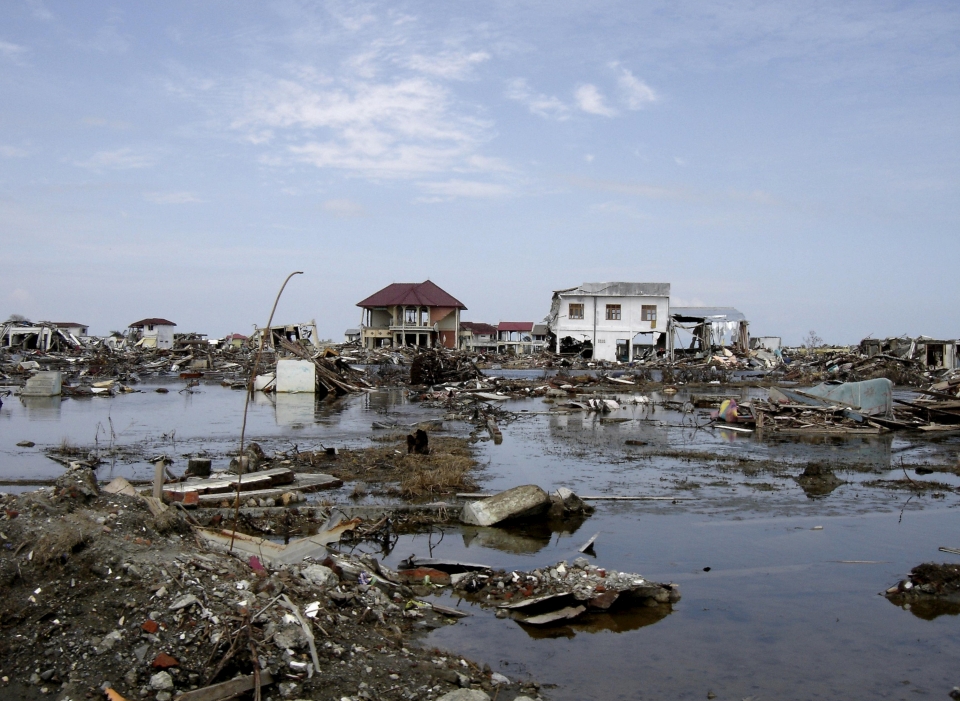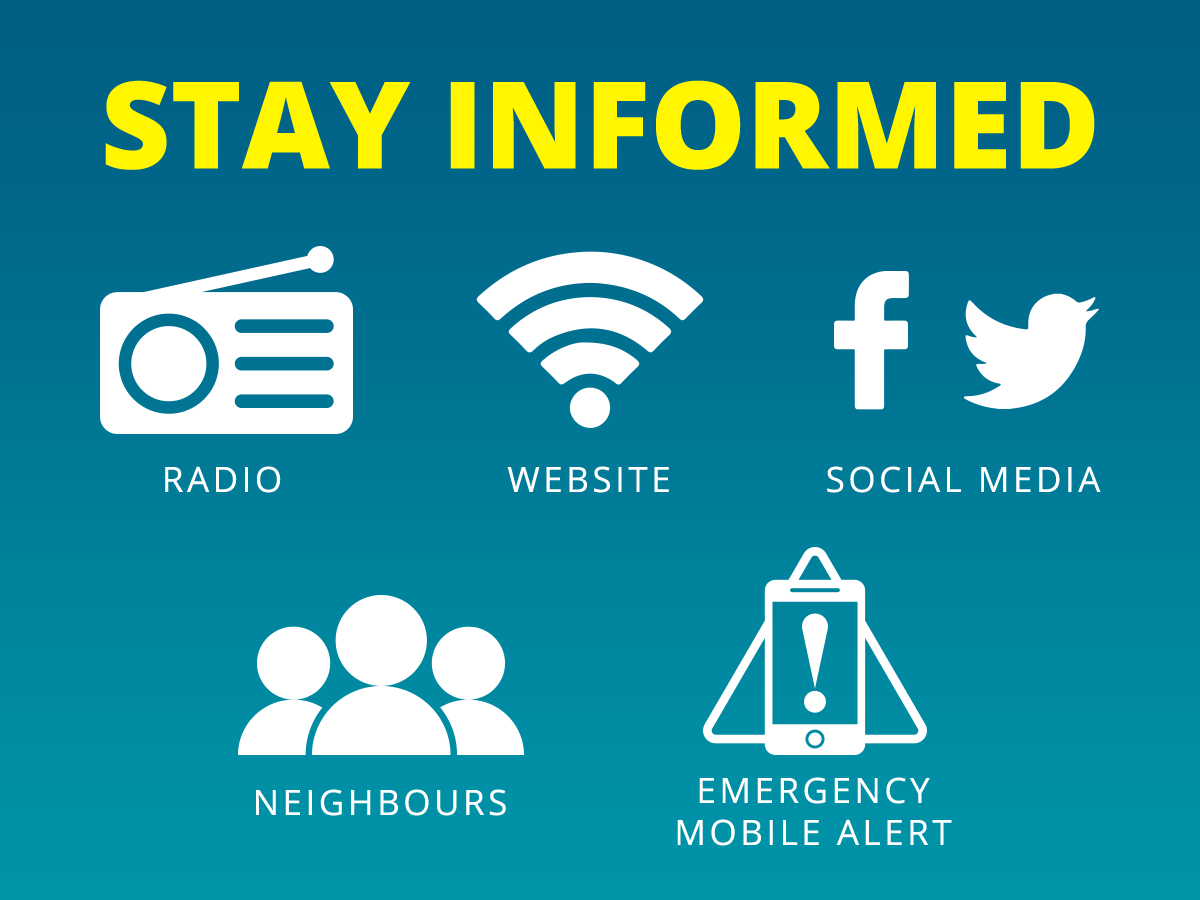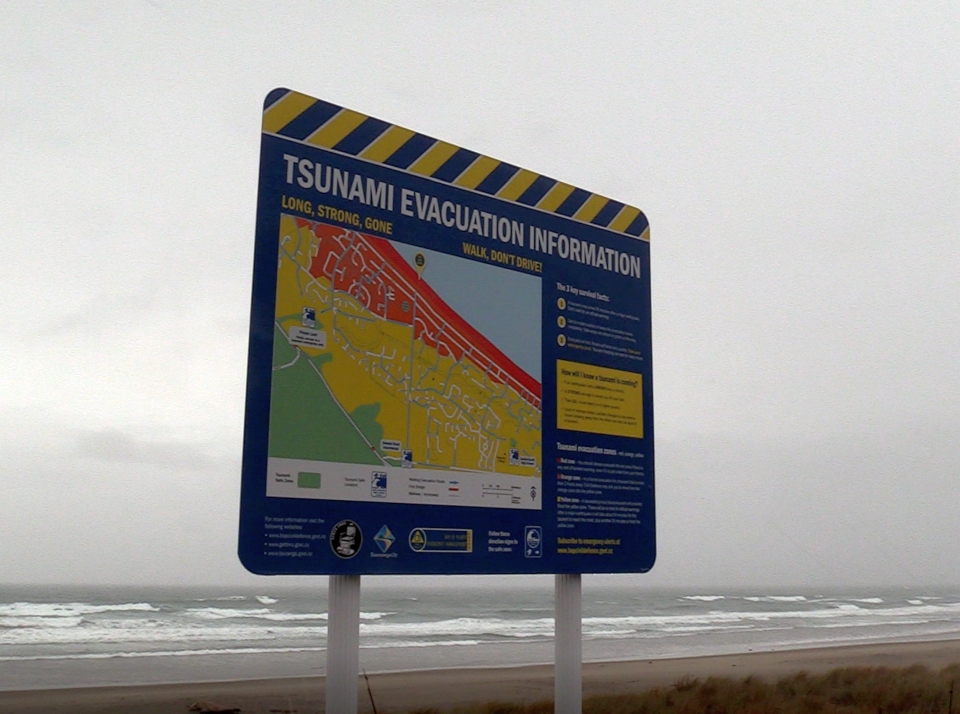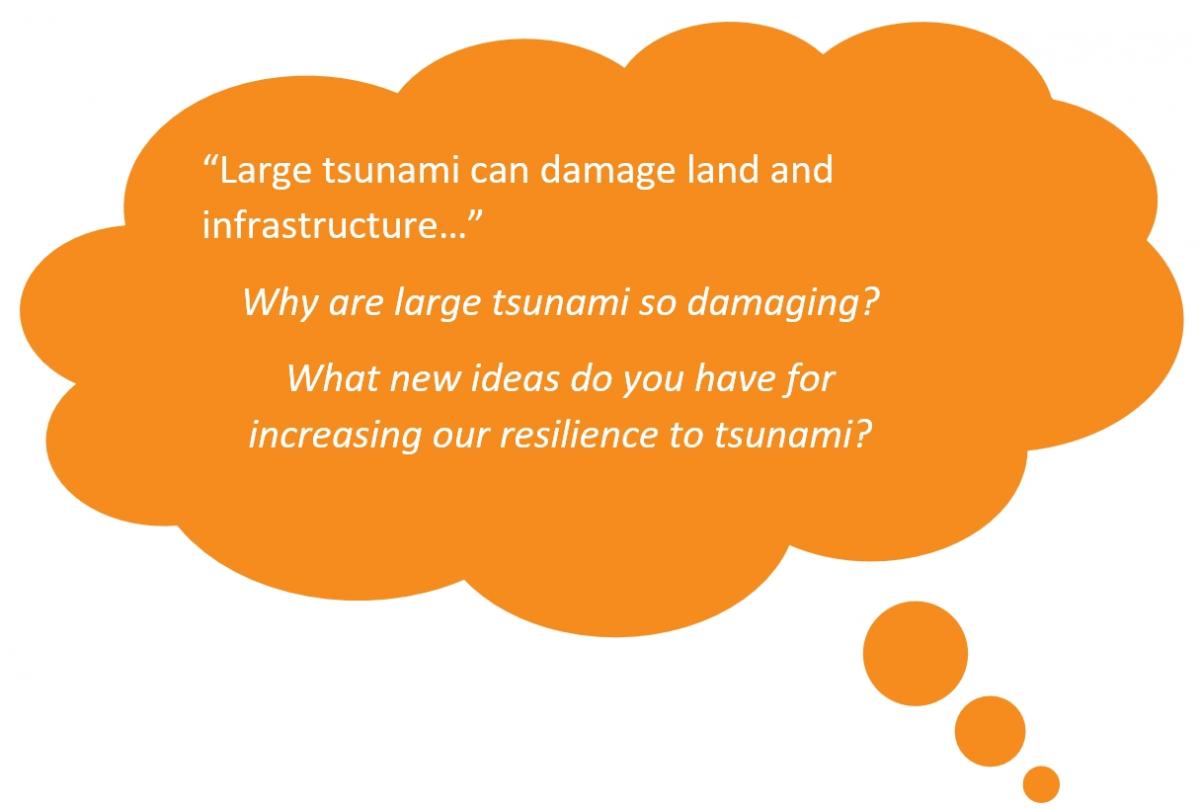You can contact LEARNZ, part of CORE Education, at:
Postal Address:
PO Box 13 678,
Christchurch 8141,
New Zealand

Tsunami occur a few times a year, but generally we don’t notice them.
Larger tsunami can cause:
A tsunami is not just seawater. It picks up a huge amount of debris which gives it added destructive power. People don't die just from drowning, many are killed by being hit by debris and heavy objects in the surging torrent. A retreating tsunami wave can cause as much damage as the initial forward surge.
Remote tsunami are created at large distances from Aotearoa New Zealand and spread across the ocean. Because they come from a long way away there is some warning time to evacuate low-lying coastal areas. Local tsunami are created on the continental shelf around Aotearoa and therefore give very little warning. Local-source tsunami usually affect limited stretches of coastline, while those from distant sources may affect the entire coast.

It could take 12 to 15 hours for a wave from a South American earthquake to arrive in Aotearoa New Zealand. GeoNet monitors seismic and wave data to support Civil Defence to give tsunami warnings in these cases. Warnings may come by some or all of the following:
If an earthquake near Aotearoa triggers a tsunami, there may not be time for an official warning or sirens. If you are on the coast during an earthquake that is strong or lasts longer than a minute, hear unusual noises from the sea, or see water rising or receding from the shore, move immediately to the nearest high ground or as far inland as possible.
In low-lying coastal areas, tsunami can travel a long way inland. In parts of Thailand, the 2004 Boxing Day tsunami went 3km inland destroying almost everything in its path. In the same event in Banda Aceh, the tsunami surged 6km inland.
Following major tsunami in the Indian Ocean and Japan, New Zealand regional councils and local authorities developed tsunami zone maps and evacuation plans for main centres. Some areas have introduced signs showing evacuation routes, and safety zones marked by blue painted lines on streets and footpaths.
Tsunami evacuation zones are areas alongside the coast that could be flooded during a tsunami. Evacuation zones identify areas where a threat to human safety requires people to leave. The zones are coded red, orange and yellow. Red zones represent tsunami threats to beach and marine environments, while orange and yellow zones are areas that should be evacuated in larger tsunami events.

 Local Civil Defence Groups and Regional Councils have tsunami evacuation zone maps and regional advice. Make sure you know where to go, whether you are at home, at work or out and about. Links to each region’s tsunami evacuation zone maps are on the NZ Civil Defence website here: https://www.civildefence.govt.nz/get-ready/get-tsunami-ready/tsunami-eva...
Local Civil Defence Groups and Regional Councils have tsunami evacuation zone maps and regional advice. Make sure you know where to go, whether you are at home, at work or out and about. Links to each region’s tsunami evacuation zone maps are on the NZ Civil Defence website here: https://www.civildefence.govt.nz/get-ready/get-tsunami-ready/tsunami-eva...
NEMA have also recently released their search tool, where you can simply pop in your address (please note the Bay of Plenty and Waikato are not included at this time): https://getready.govt.nz/en/emergency/tsunami/tsunami-evacuation-zones/
Complete the Tsunami Hazards in Aotearoa quiz >
Discover more about tsunami >